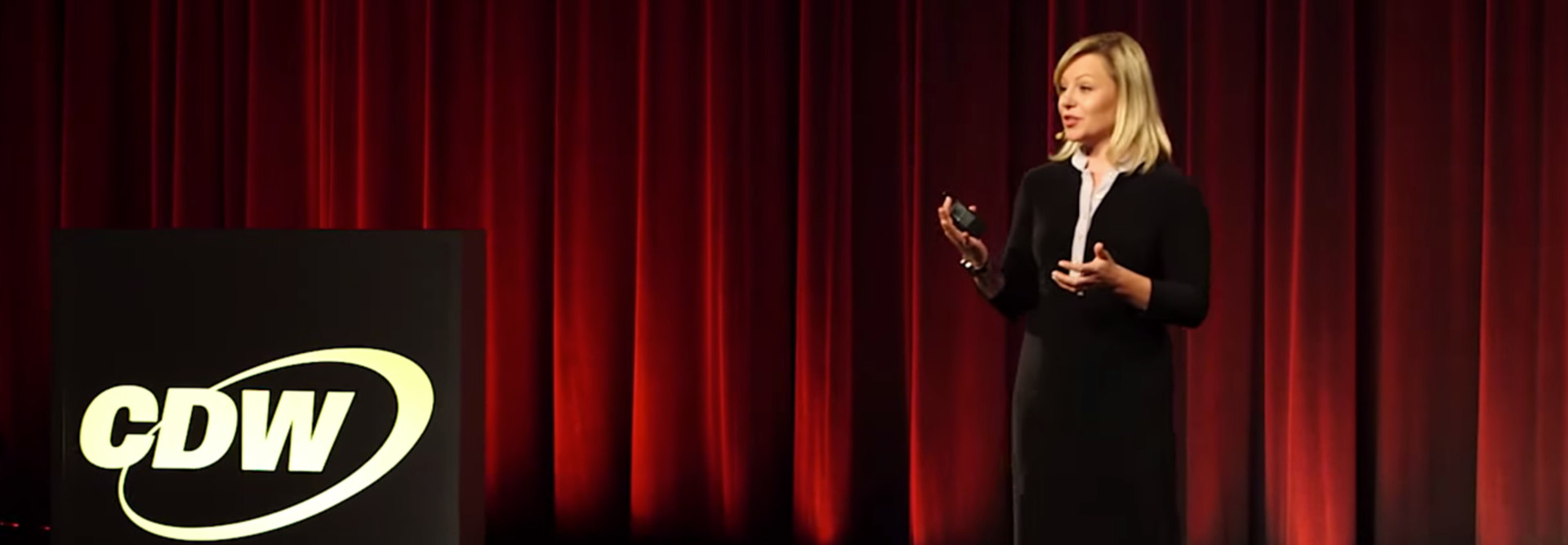Don’t Converge for the Sake of It; Give Users What They Want
There’s a lot to love about multifunctional objects. But just because two things can be combined doesn’t mean that they should be.
Ashley Rodrigue, ambassador for Lenovo, recently made this point while speaking at CDW’s The Future of IT event in Chicago by highlighting the agricultural curiosity known as the Grāpple.
“[T]heir marketing slogan is, ‘Crunches like an apple, but tastes like a grape.’ Does that sound appetizing to anybody?” Rodrigue asked. “I've had one. It's interesting, but I actually would rather have an apple and a grape. I don't necessarily want the Grāpple.”
How does that lesson apply to technology companies seeking to create value in a saturated market?
It’s a question plaguing many manufacturers, especially those in the personal device market like Lenovo. And while the answer is often convergence – building hybrid devices that combine previously separate technologies – figuring out what will work and won’t work is still a vexing problem. (Take, for example, “the inside story of the death of Palm and webOS” as a cautionary tale).
Having achieved a nearly 20 percent worldwide share of the PC market, Lenovo approaches convergence “by focusing on features that people want,” Rodrigue said. Interestingly, Lenovo actually sold more smartphones and tablets than PCs this year. Looking at these sales dynamics, Rodrigue posited that users are much more tech savvy and capable of adopting new technologies than the enterprise.
That puts many workers in the frustrating position of using legacy hardware and software on the job and cutting-edge technology in their personal lives. This should be a wake-up call to manufacturers – and enterprises — to focus in on what users actually want, Rodrigue said.
“It’s not always about the hardware, but connectivity – using connectivity to bring new attributes to the device, attributes that users want,” she said. Watch her full speech from the Future of IT event below.









